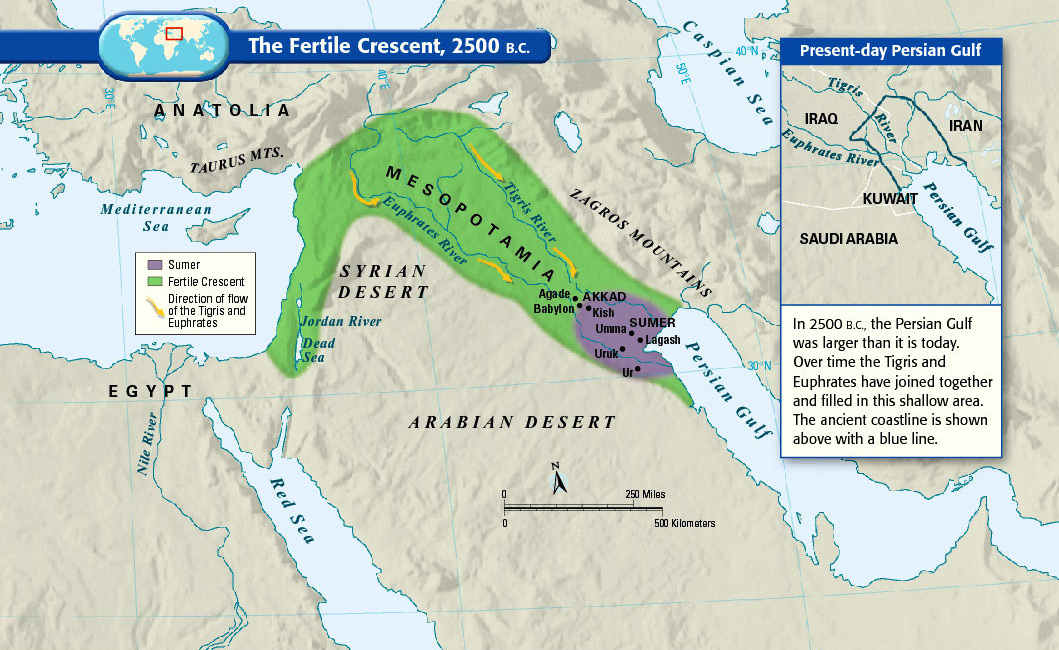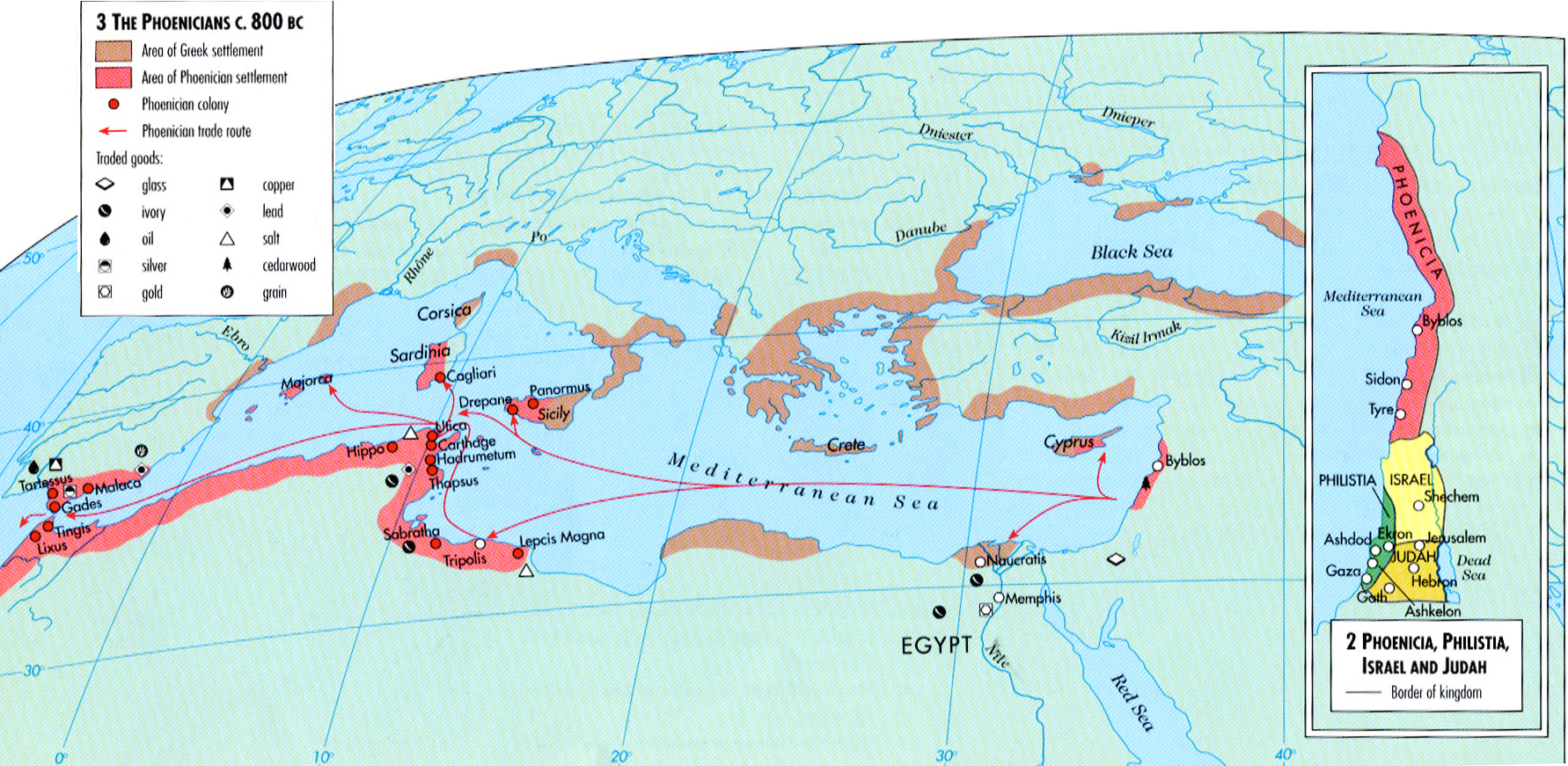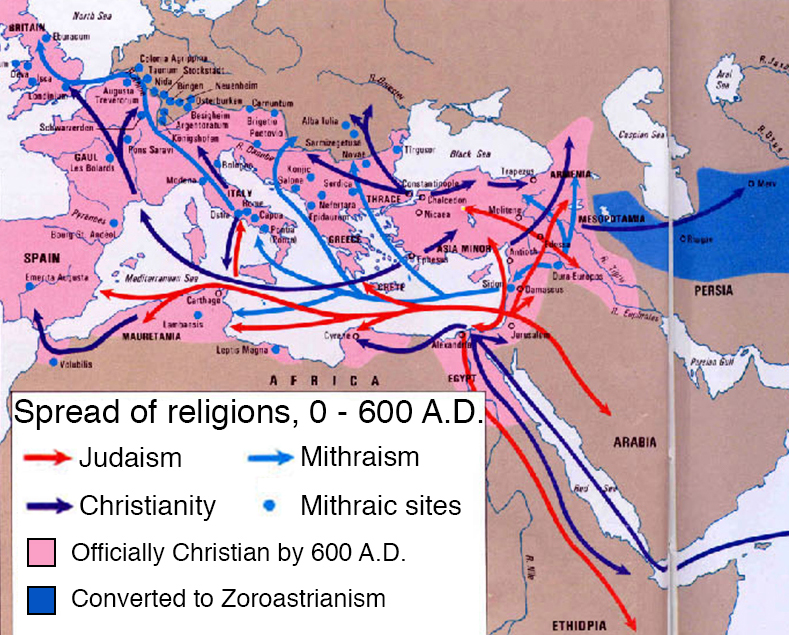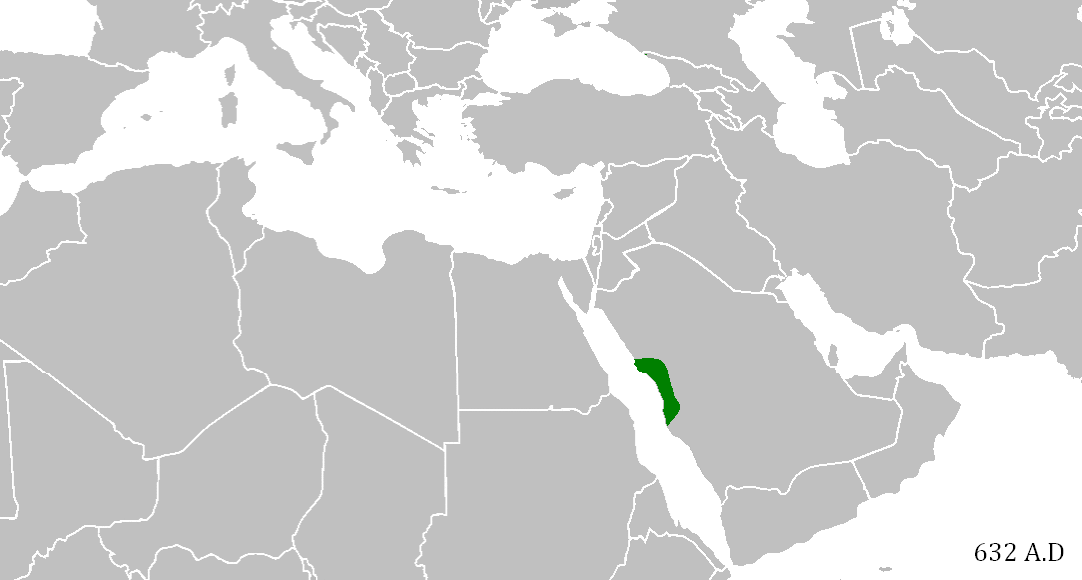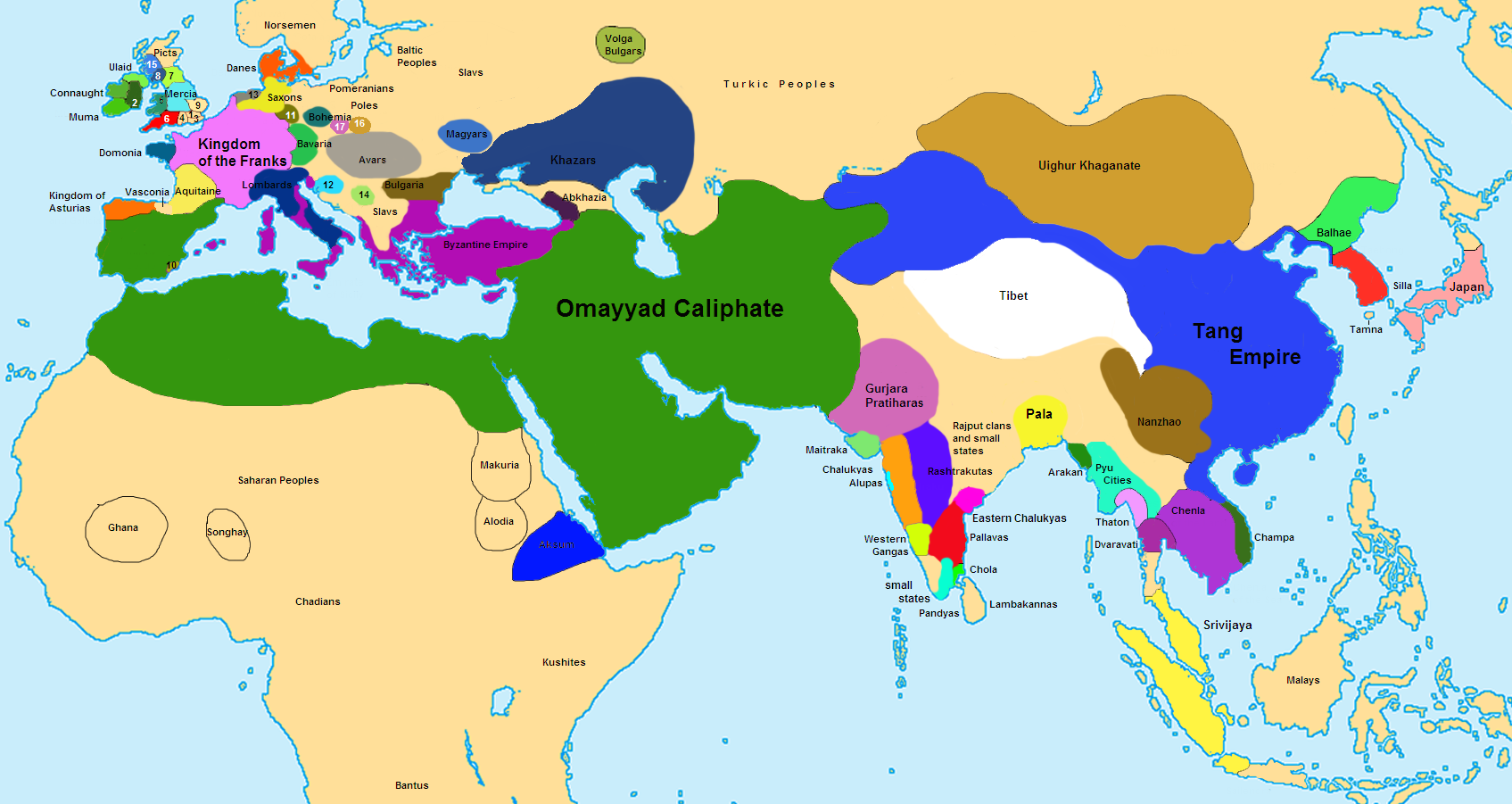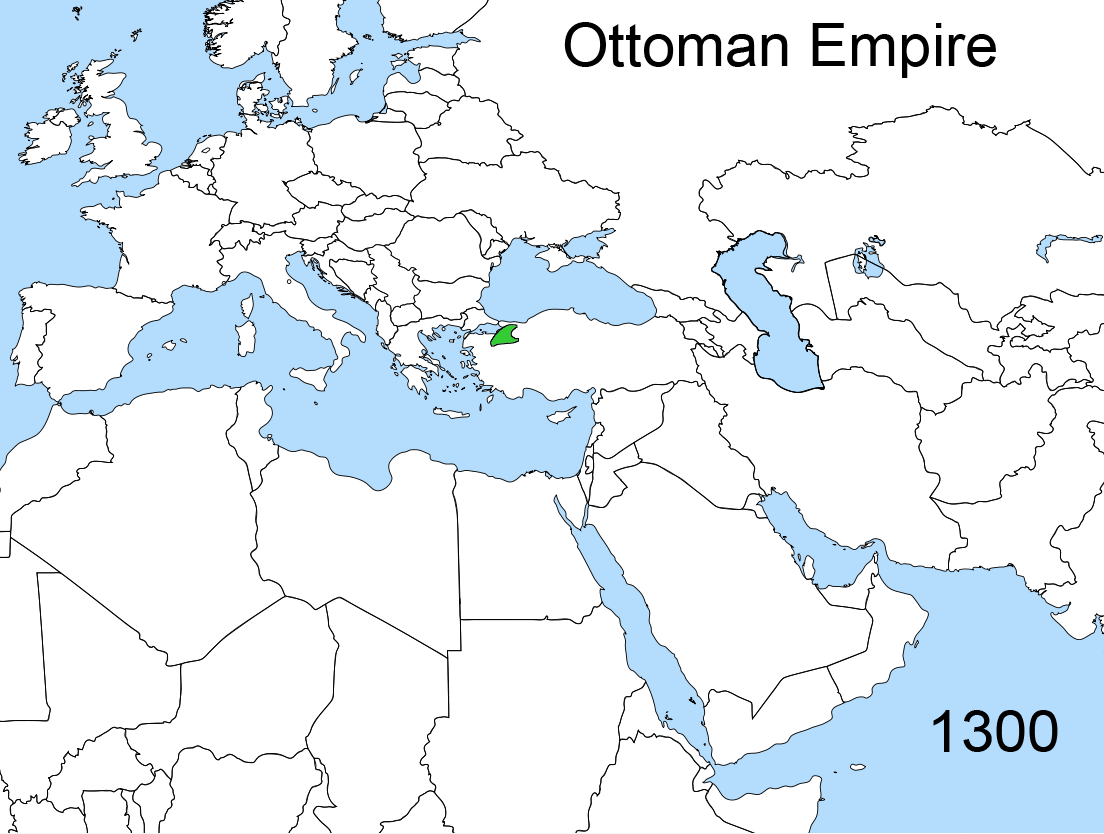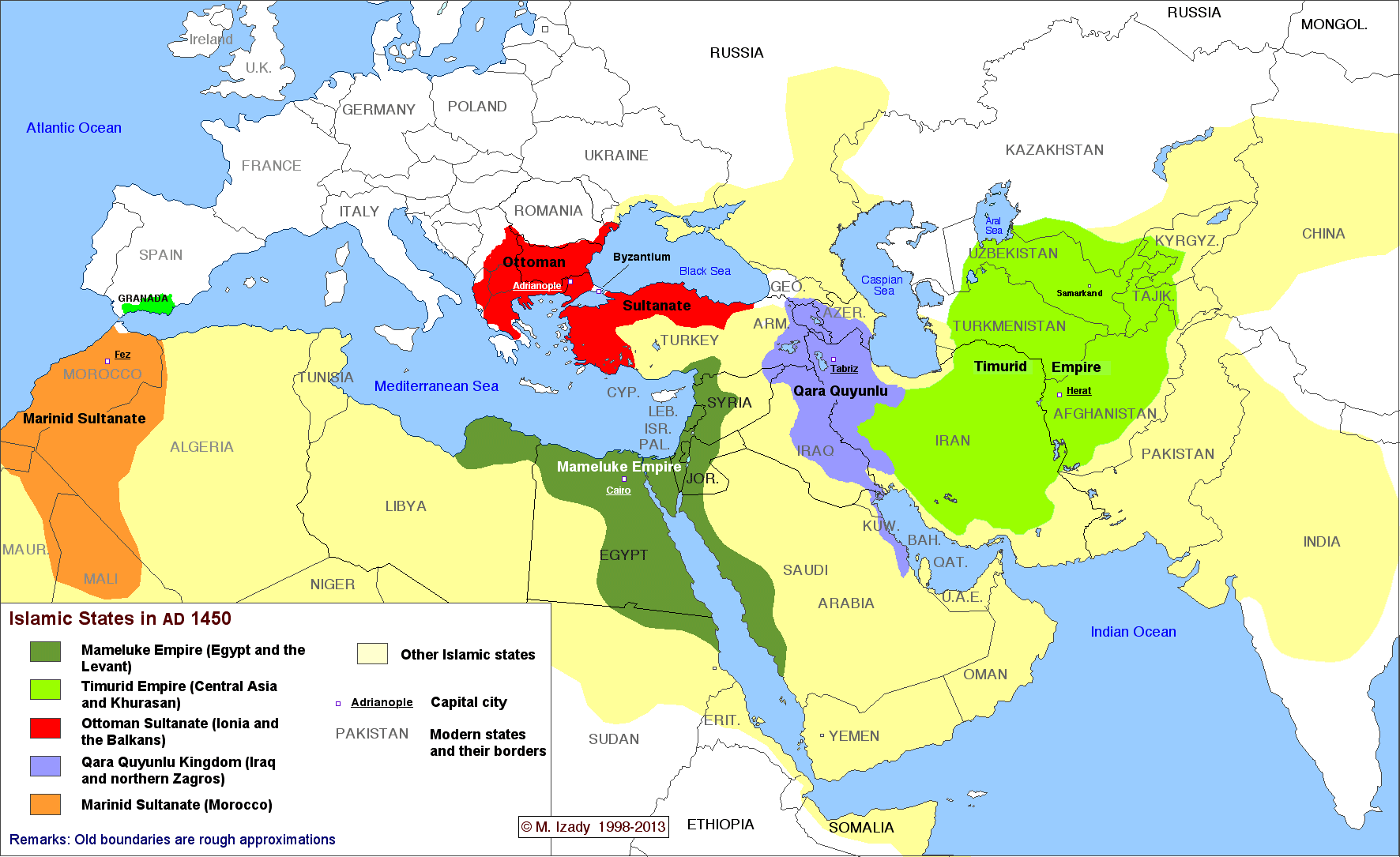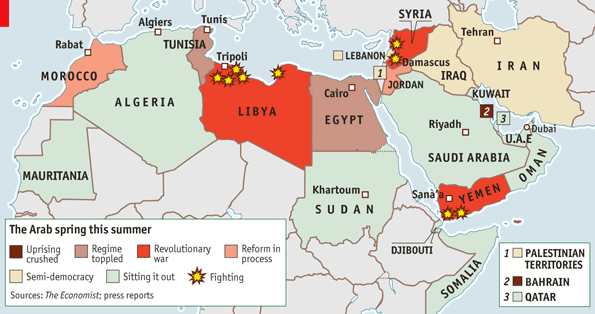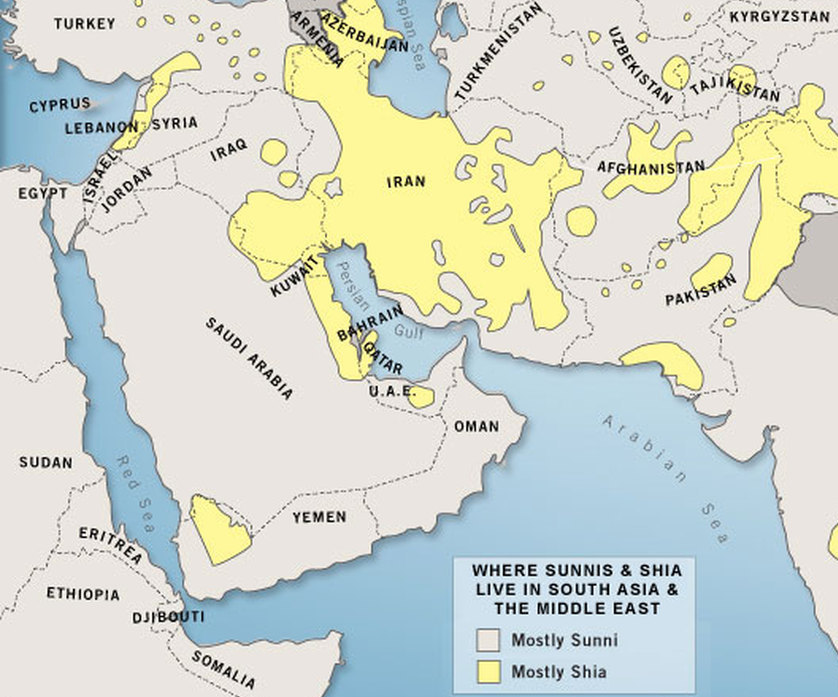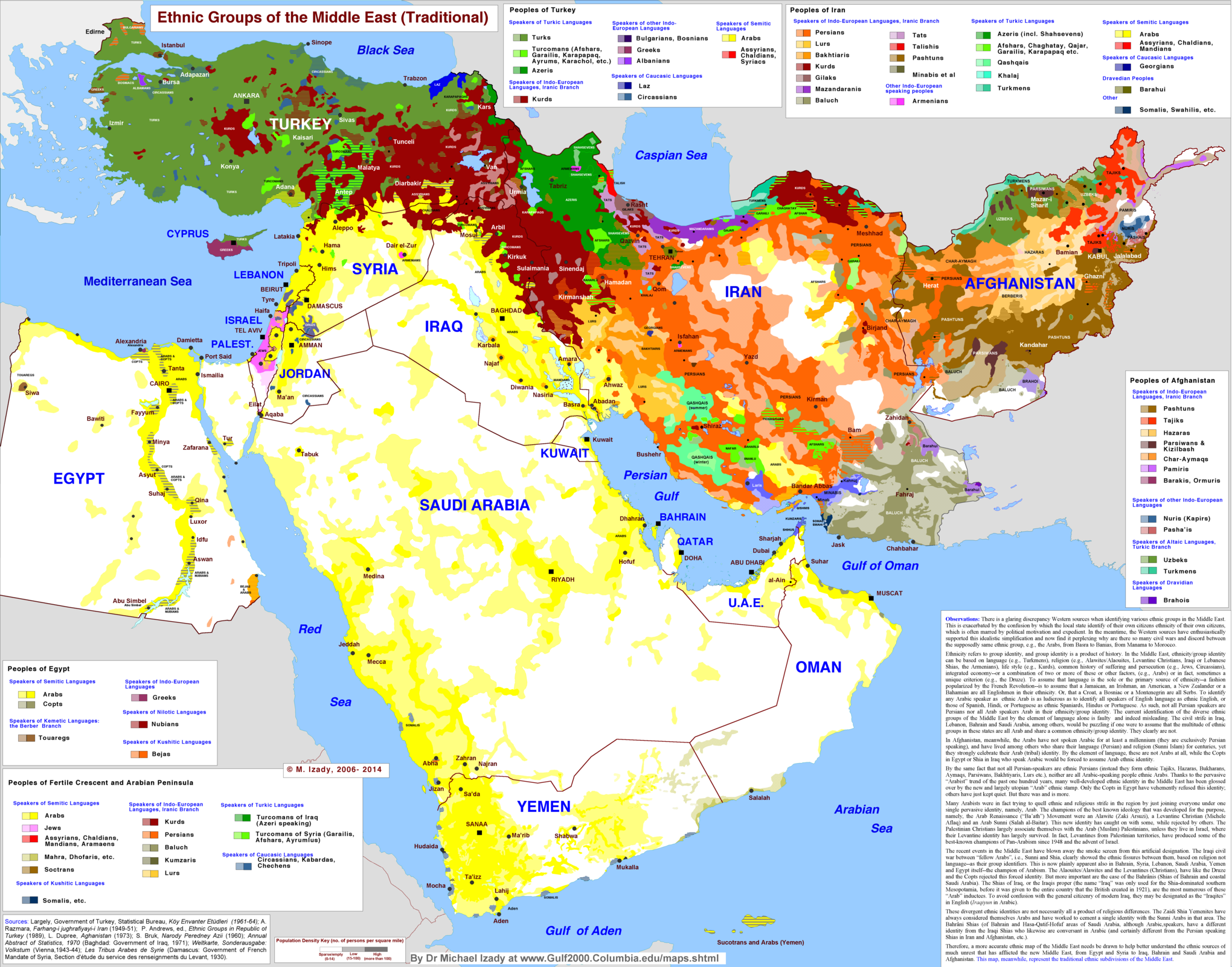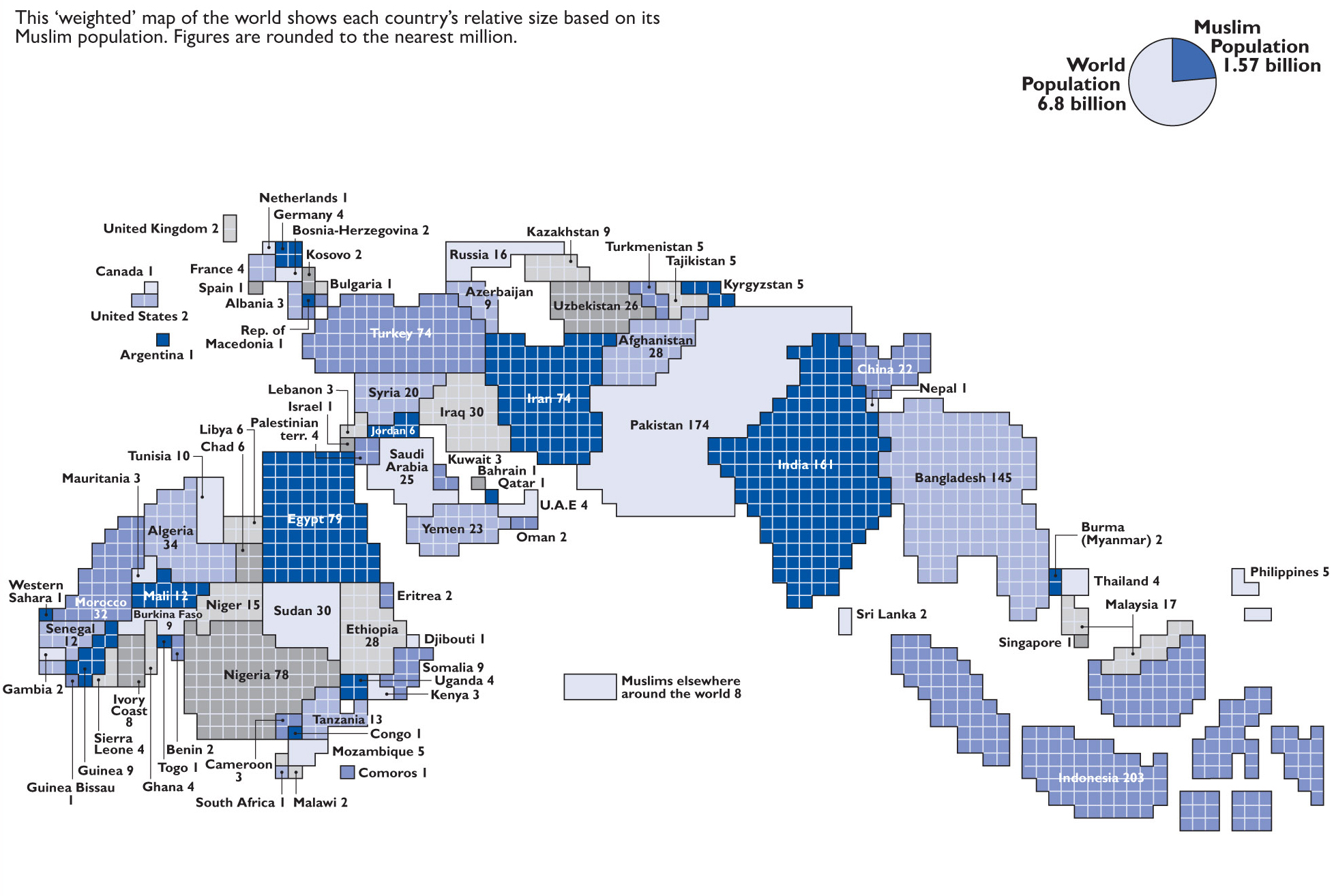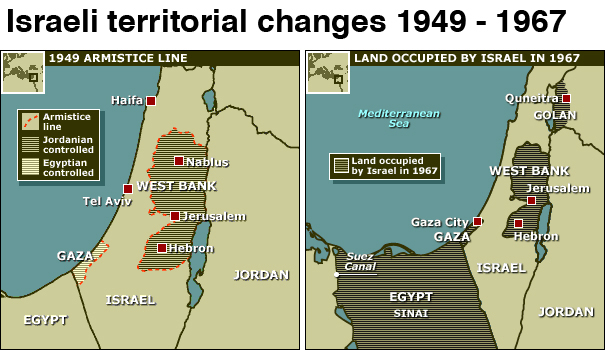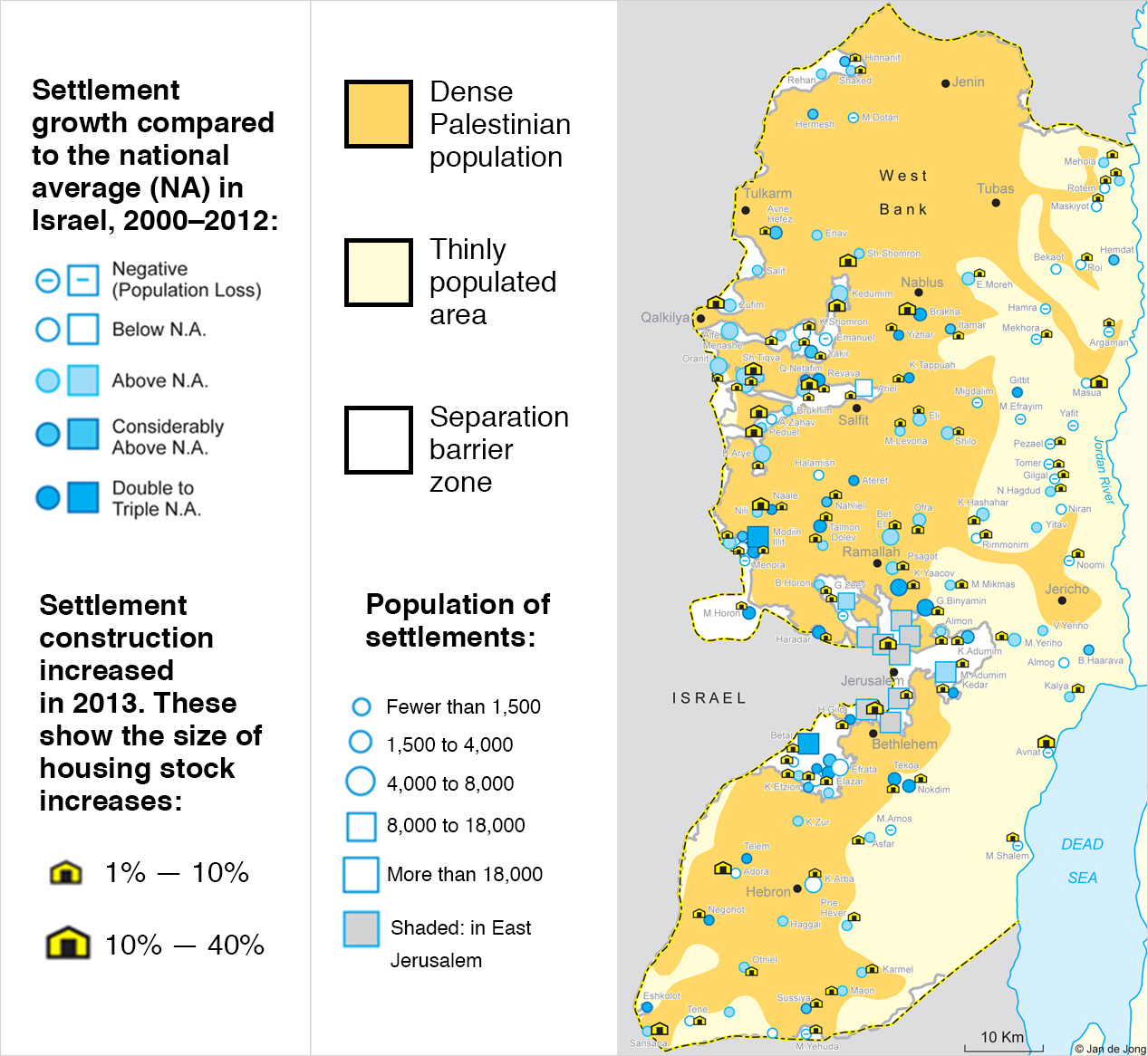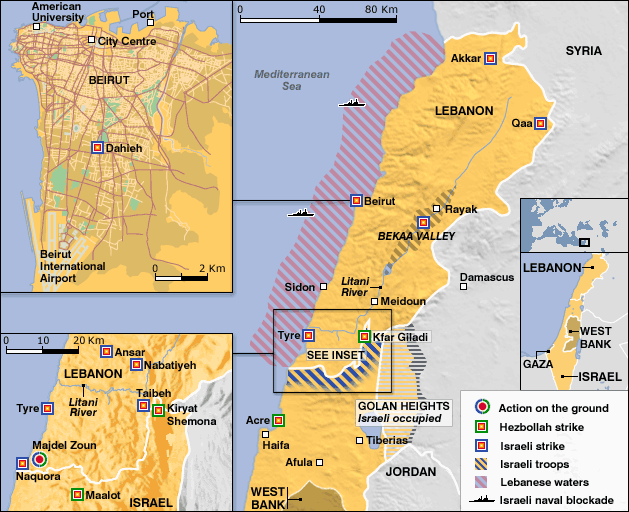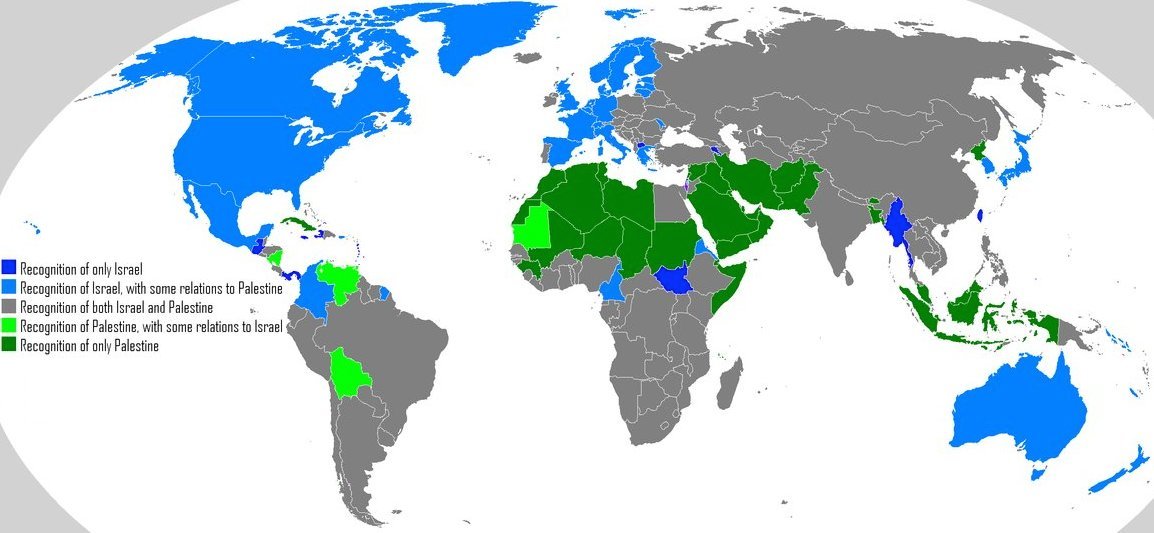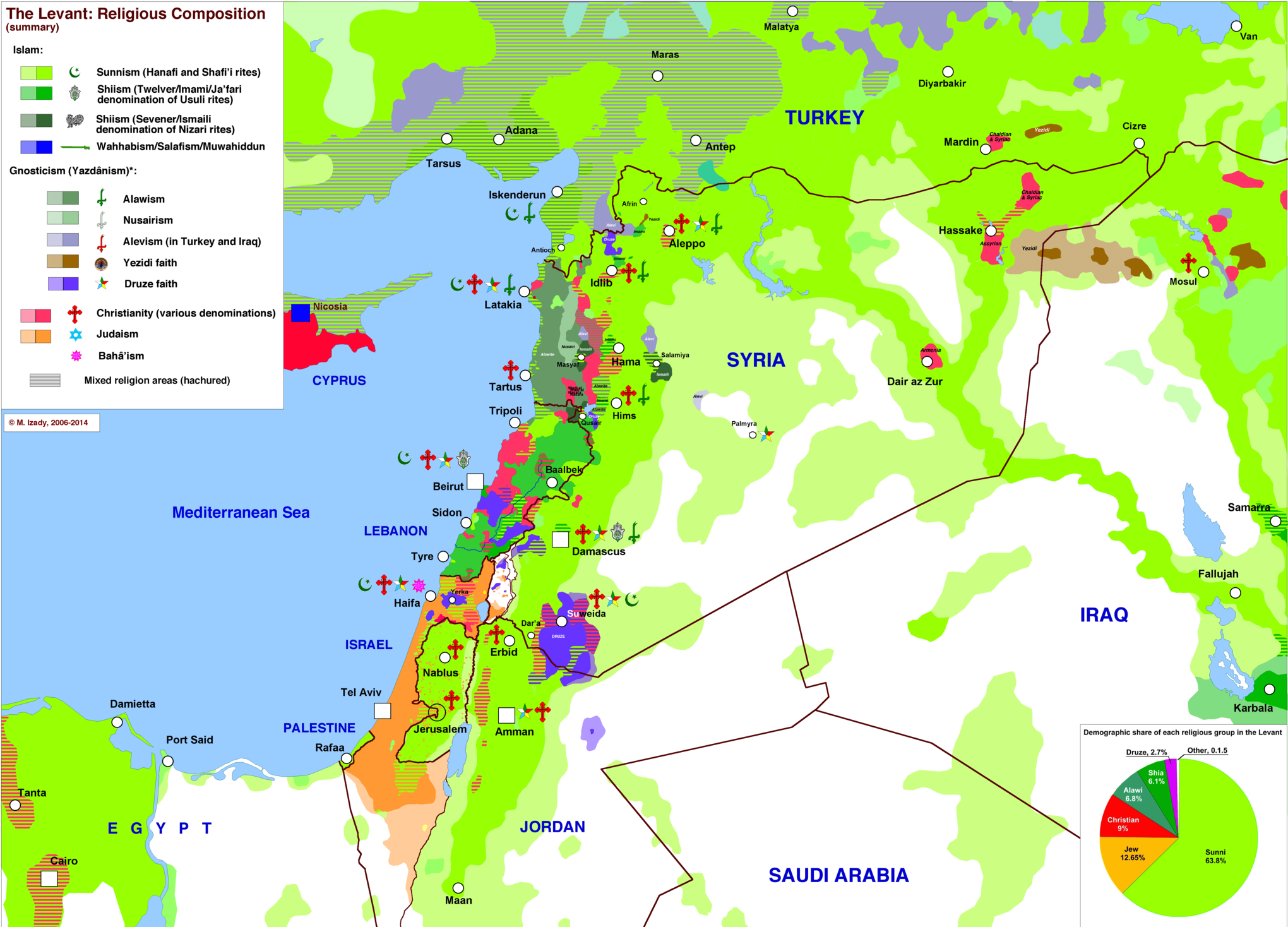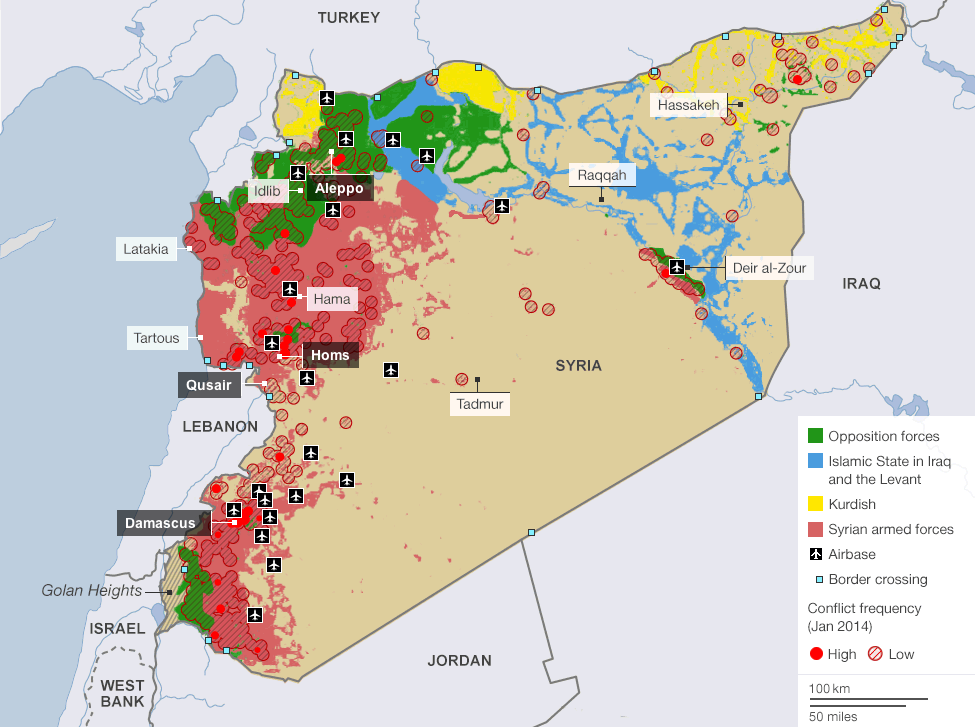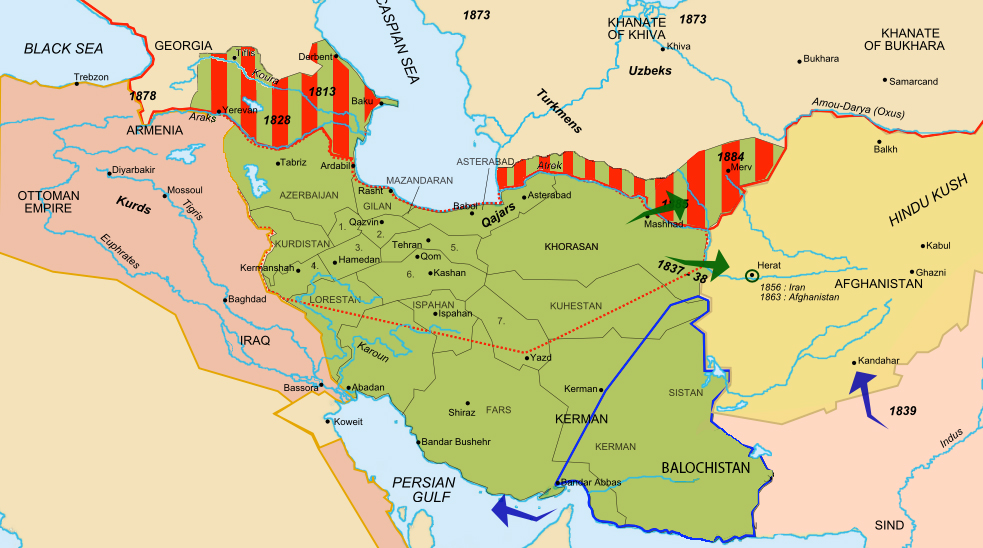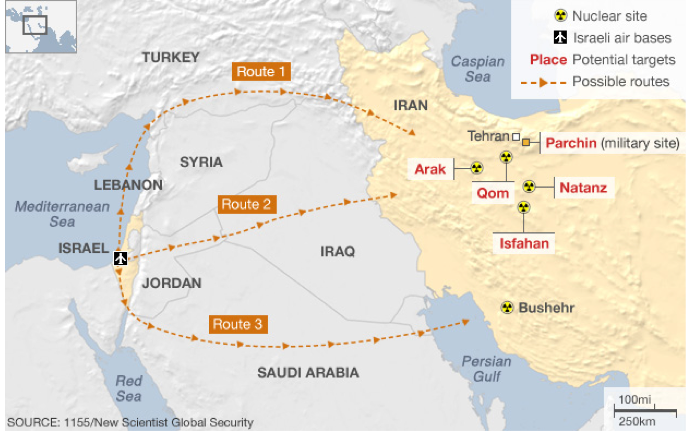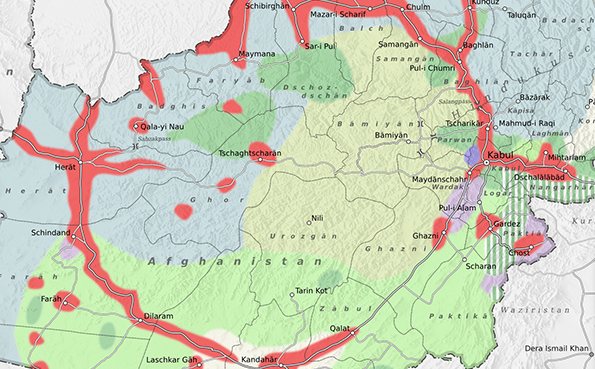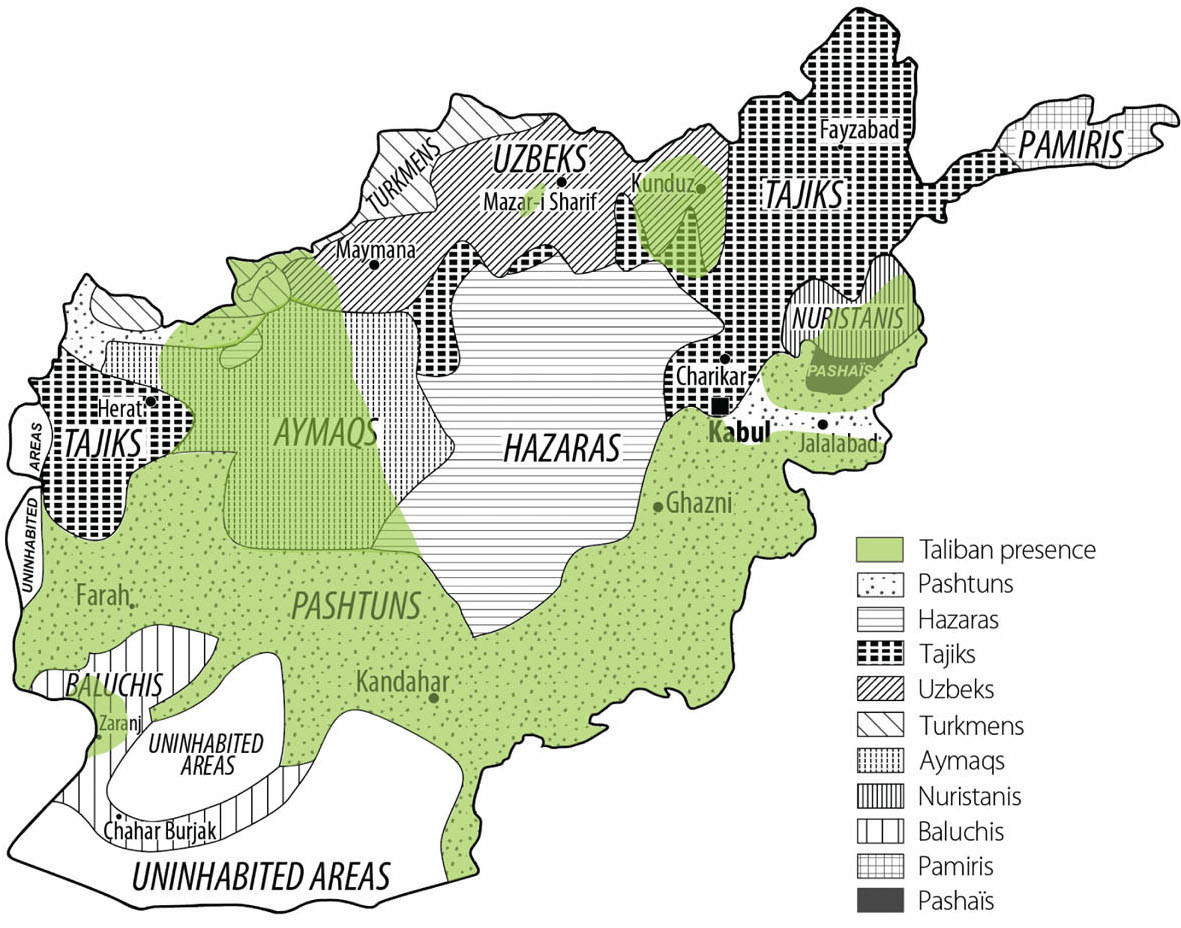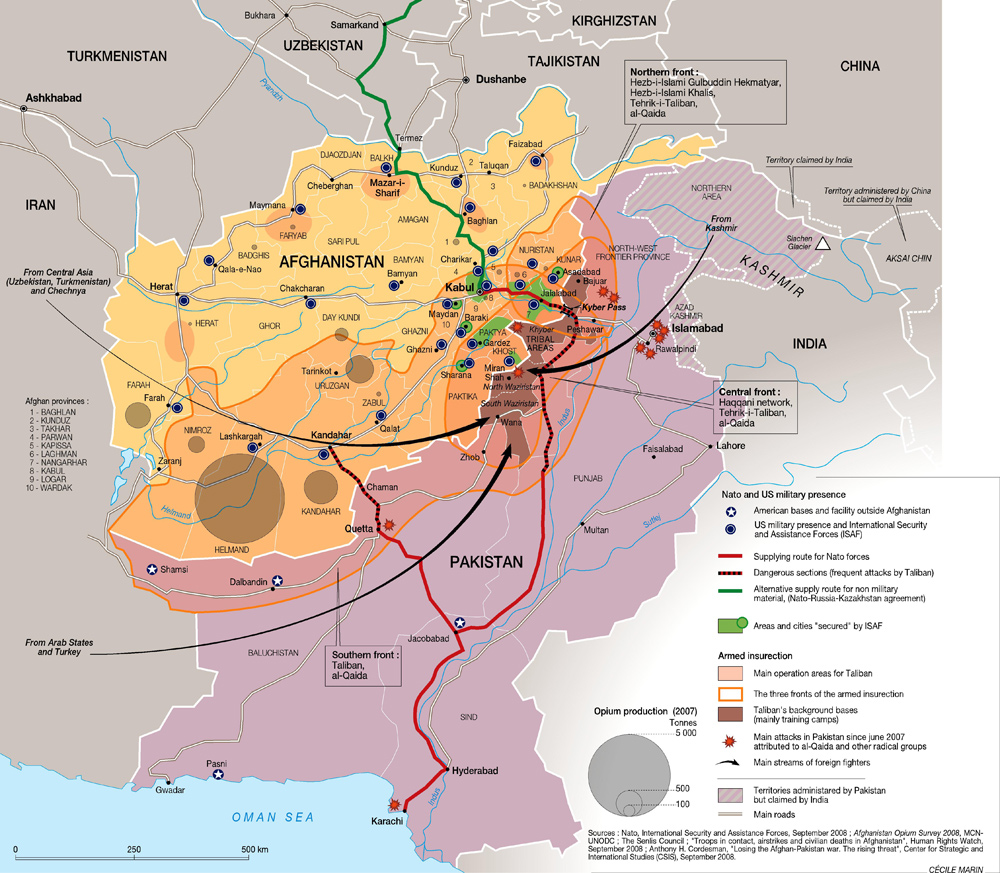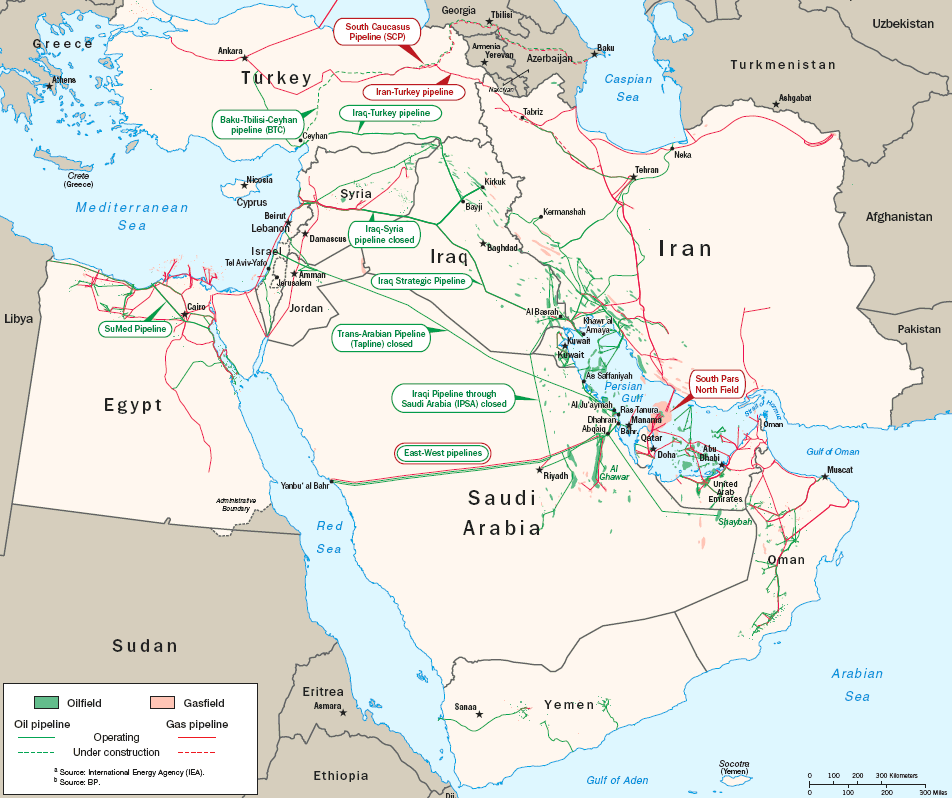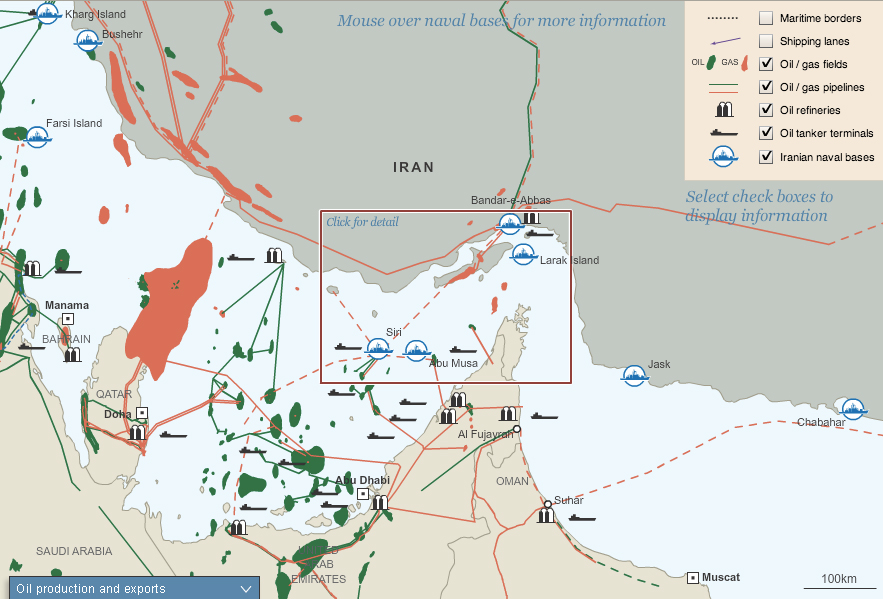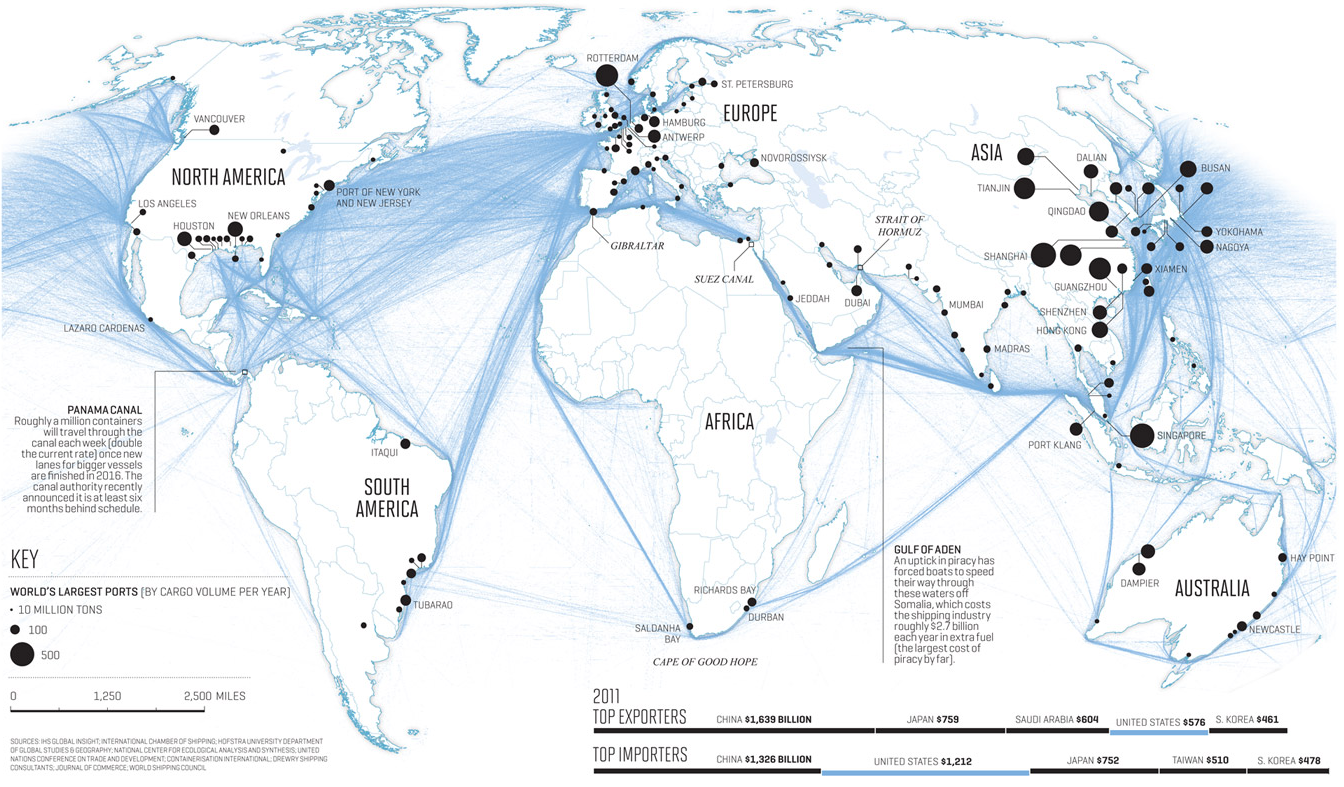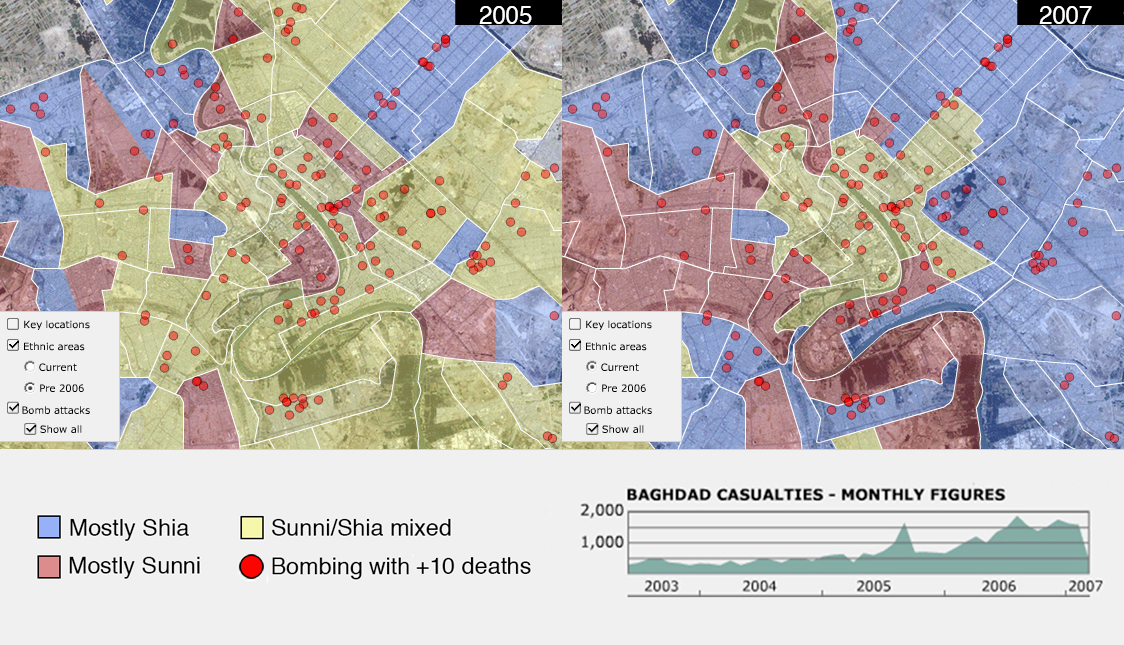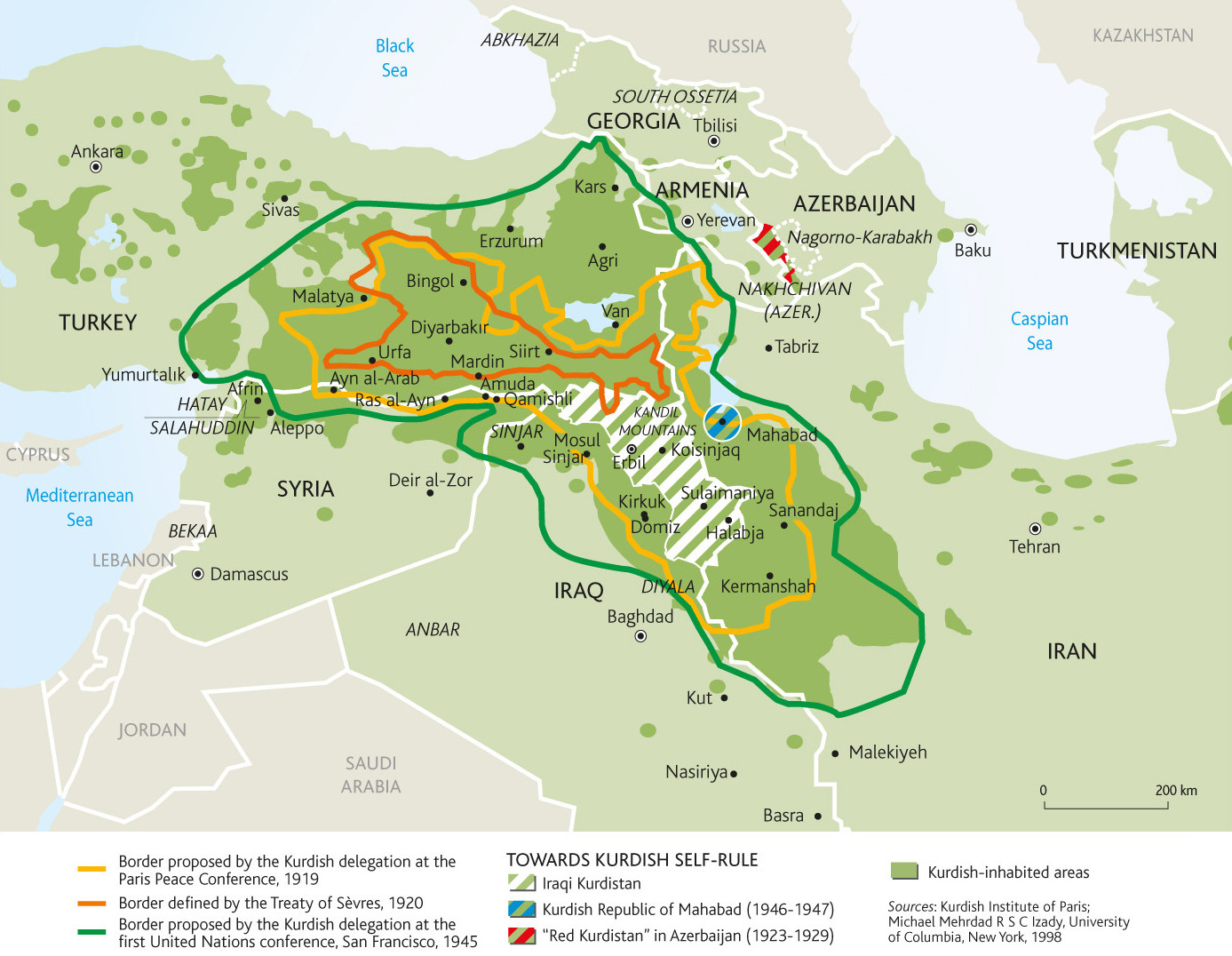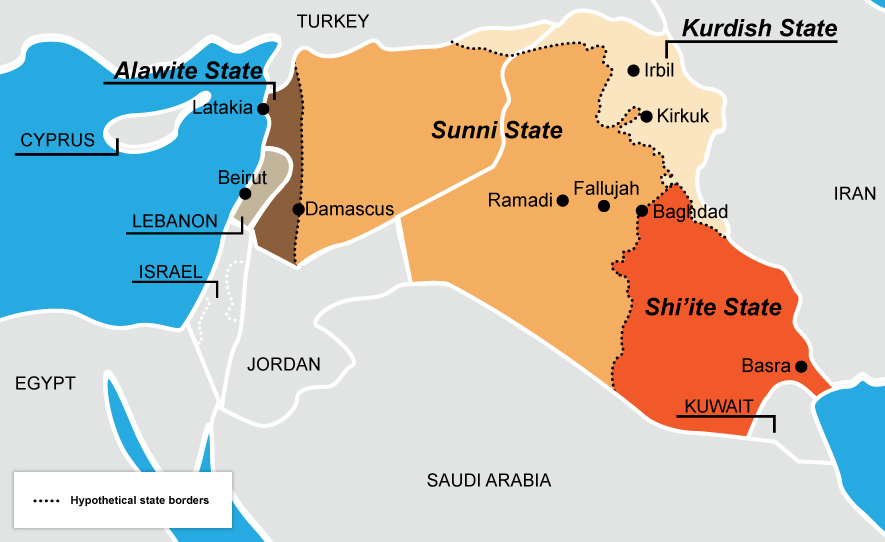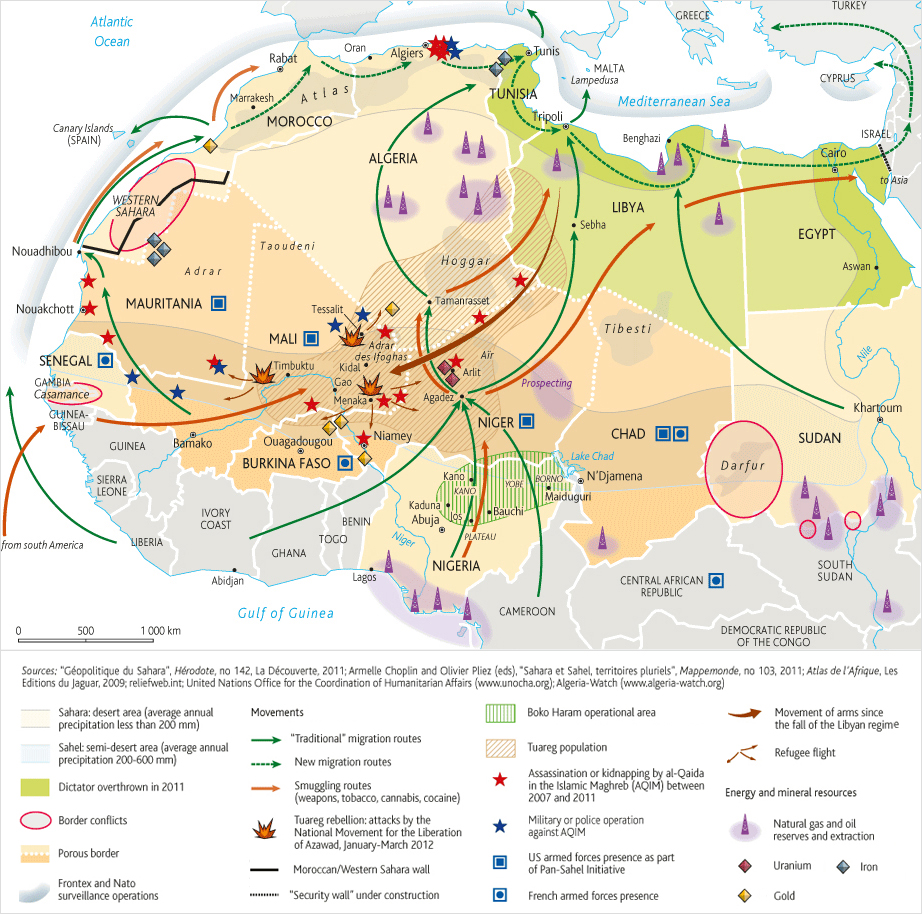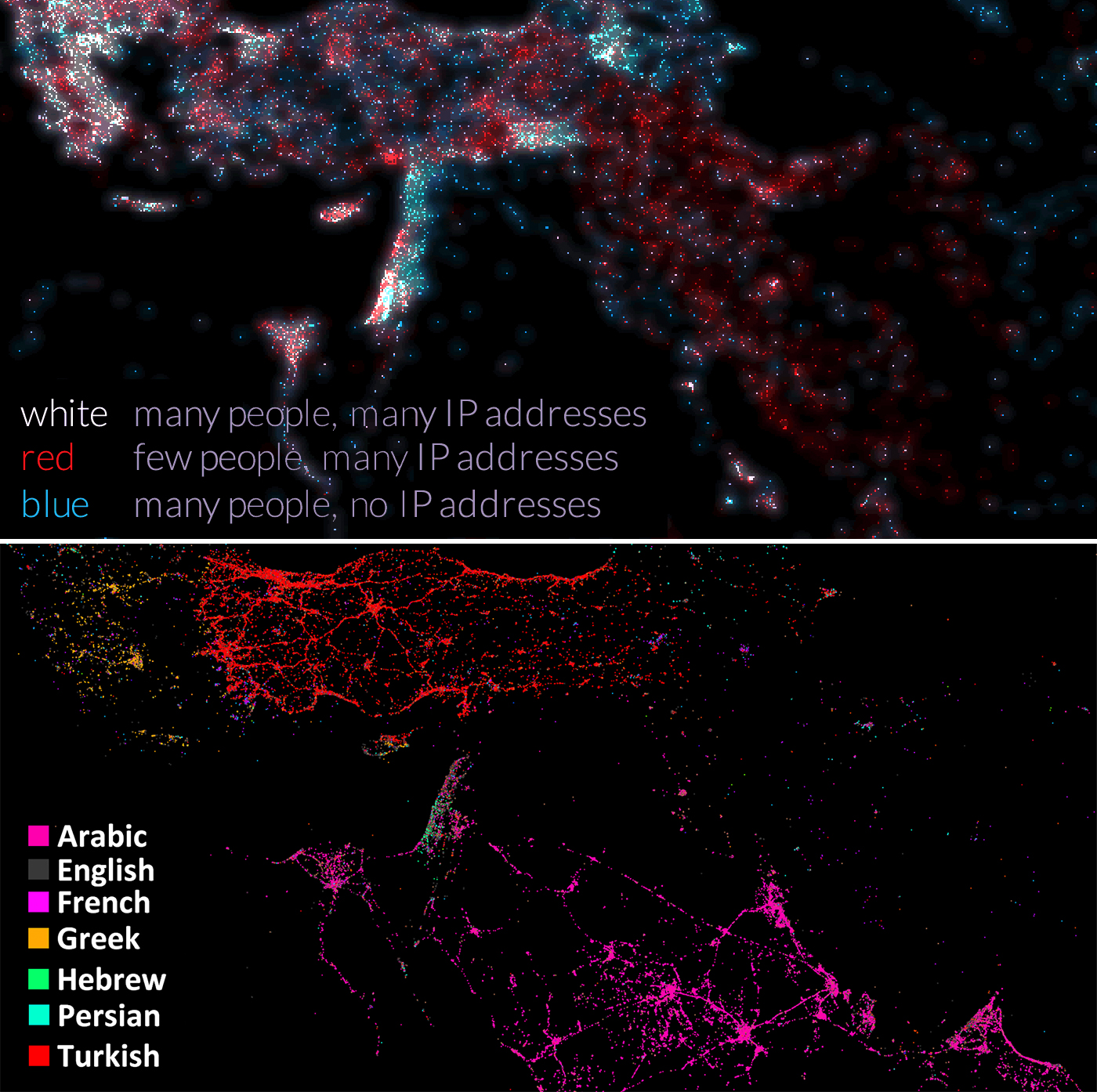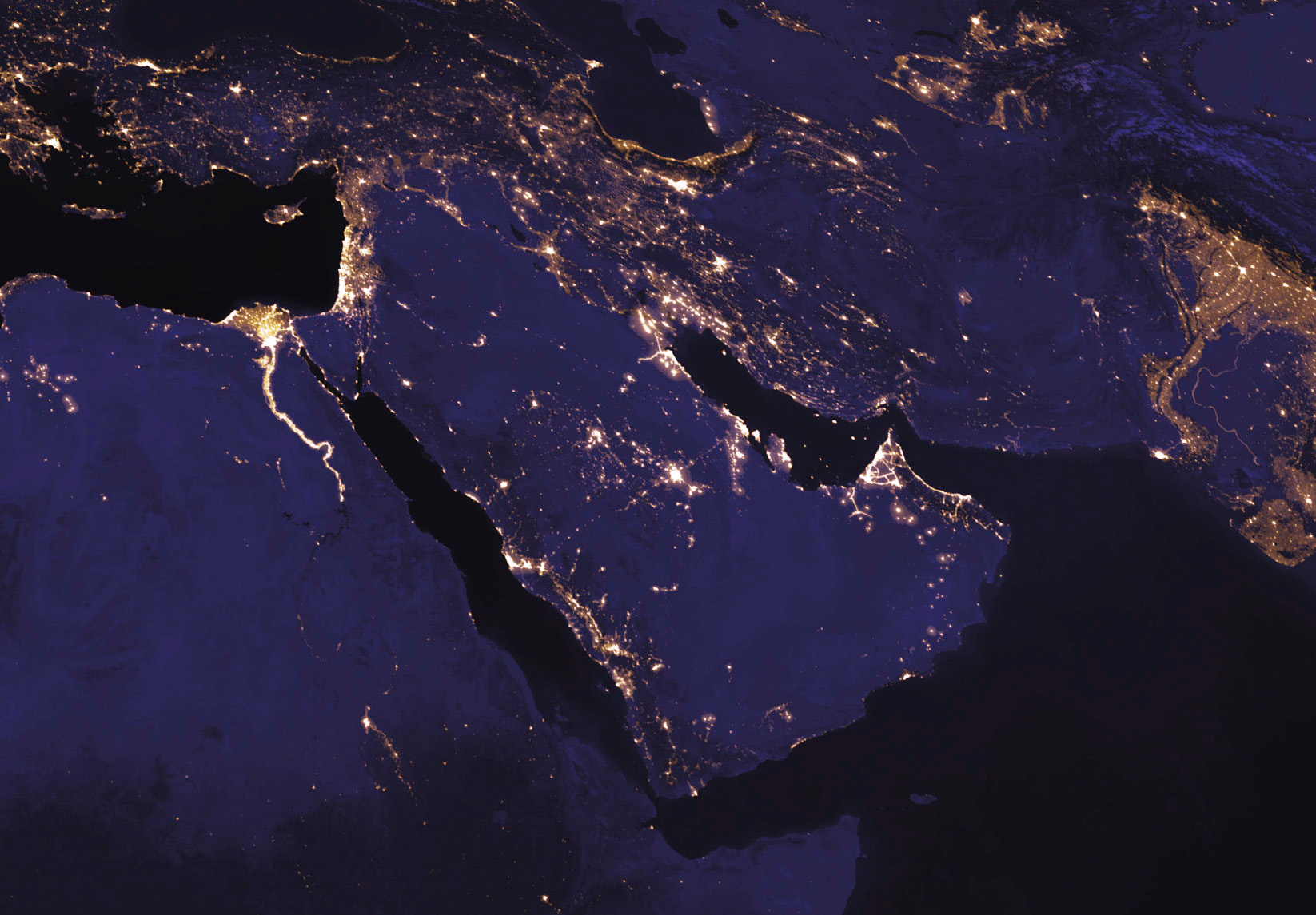During the first Gulf War, distribution was made to our soldiers for the protection of chemical weapons.
U.S. troops were frequently ordered to don their gas masks and protective suits. The term Mission Oriented Protective Posture (MOPP) refers to the amount of protective gear that troops are ordered to wear in response to an assessed chemical-warfare threat, and ranges from MOPP-0 (no protection) to MOPP-4 (the entire protective ensemble).
The incidents are recorded here by date, location and the type of chemical weapon. The Veterans Administration noted the types of risks and was careful omitting admission of chemical weapons, yet did include them on the website.
There was also congressional testimony in 1992/1993. One cannot ignore the in depth report the New York Times did about two years ago.
Soldiers Exposed to “Chemical Unknown” in Iraq not Getting Adequate FOIA Responses from DOD, and More: FRINFORMSUM 5/19/2016
The Defense Department is telling soldiers that were exposed in 2003 to a “chemical unknown” in Taji, Iraq that it has no documents on the incident – after a decade of saying that documents on the event were classified.
C. J. Chivers of the The New York Times reported in May 2015 that, for over a decade, the US military denied FOIA requests on the chemicals soldiers were exposed to, resulting in chronic illnesses. The Army only released the two-page 2003 Camp Taji Incident report, written by the multinational Iraq Survey Group, after years of FOIA requests; the report found that the chemical soldiers came in contact with was a potentially fatal “carcinogen and poisonous chemical.” The Archive’s Director Tom Blanton told the Times in 2015 that, in addition to the secrecy trumping common sense, that “the outrage here is extraordinary.” Blanton noted, “Soldiers exposed to something really dangerous cannot find out what it was because ‘Sorry it’s classified’?” he said. “It’s creepy and it’s crazy.”
Now, according to reporting by Samantha Foster at the Topeka Capital-Journal, the Army is telling soldiers like Army Spc. Sparky Edwards and former Sgt. First Class Dennis Marcello that there are no documents on the chemical they were exposed to or the incident. Nate Jones, the Archive’s FOIA project director, notes that the DOD may be claiming to have no documents because they were possibly destroyed or misfiled during the war – or because the large, decentralized Defense Department genuinely doesn’t know where to look to find the records. Jones identifies this as a prime example of why FOIA requesters “must specify exactly where they want to search or risk the agency not going the extra mile” to find them, and that it is always a good idea to appeal a “no records” response.
According to Department of Justice statistics, last fiscal year an obscenely high 130,113 FOIA requests (16.9 percent of requests processed) were deemed to result in “no records” responses. As the Archive has learned, more often than not, appealing a “no records” response and explaining why you think the records exist and even suggesting which records (including the Washington Records Center –control f) the agency should search leads to more records being found. Link for citation is here.
As recently as last month, it was found that Islamic State had taken cached and reserve chemical weapons and made a new factory at Mosul University.
Just last week:
ISIS testing chemical weapons on prisoners and animals in grisly laboratories
VILE Islamic State (ISIS) jihadis are testing chemical weapons on its prisoners in grisly suburban laboratories, terrified Iraqi citizens have claimed.
ExpressUK: The sick militants are testing chlorine and mustard gas on its captives, in direct opposition to the Geneva Protocol’s war crime guidelines.
ISIS’s laboratories are located deep within its territory in the city of Mosul in northern Iraq.
The lunatic extremists are understood to be working frantically to improve its chemical and nuclear weapon capabilities, with plans to launch attacks in Iraq, Syria and on the West.
Abu Shaima, the head of ISIS’s chemical warfare unit, has now moved the operation away from the city’s university to residential areas like al-Mohandseen, which are surrounded by innocent civilian homes.
Concerned residents have reported several houses in the area have now been taken over by ISIS researchers, according to The Telegraph.
Chillingly, dozens of dead dogs and rabbits have also been found nearby, hinting at the cruel experiments taking place within, while nearby residents are suffering from breathing difficulties and rashes.
The extremists are believed to have seized chemicals and weapons from Syrian forces, with which they have already launched a devastating chemical attack on the Iraqi town of Taza.
That attack this March killed a three-year-old girl and injured 600 others, as well as highlighting the terror group’s chemical warfare intentions.
Hamish de Bretton-Gordon, formerly of the UK Chemical, Biological, Radiological and Nuclear Regiment, said: “ISIL’s chemical weapons operation has been heavily targeted – as is detailed in this report – and moving into residential areas is exactly what you would expect them to do now.
“Now we know the extent of the ISIL chemical and dirty bomb aspirations we must make doubly sure that our security in the UK is absolutely water-tight against this threat.”
Iraqi forces uncover an Islamic State weapon hideaway including gas canisters used to make homemade bombs. For the slide show on photos, go here.
*****
Chemical Agents as Weapons of Terror Rather Than as Weapons of Mass Destruction
In February 2012, the Director of the Defense Intelligence Agency identified that “terrorist organizations are working to acquire and employ chemical, biological, and radiological materials.”43 Many experts believe that it would be difficult for terrorist groups to use chemical agents as weapons of mass destruction. In 1993, the Office of Technology Assessment estimated that VX, the most lethal of nerve agents, spread uniformly and efficiently would require tons of material to kill 50% of the people in a 100 km2 area.44 On the other hand, chemical agents might be effectively used as weapons of terror in situations where limited or enclosed space might decrease the required amounts of chemical. That is, the use of the weapon itself, even if casualties are few, could cause fear that would magnify the attack’s effect beyond what would be expected based solely on the number of casualties. Full summary here.


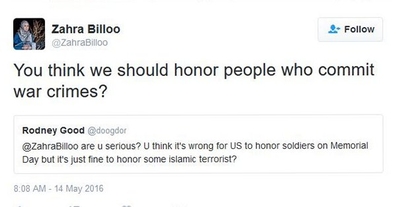 Two weeks ago, Billoo made it clear her views about American troops have not changed, questioning the holiday’s value: “You think we should honor people who commit war crimes?” she asked an incredulous questioner. She “proudly stands by” her opinion, she also wrote.
Two weeks ago, Billoo made it clear her views about American troops have not changed, questioning the holiday’s value: “You think we should honor people who commit war crimes?” she asked an incredulous questioner. She “proudly stands by” her opinion, she also wrote.
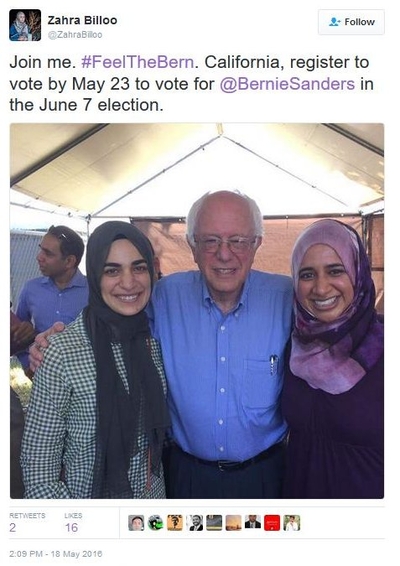 Zahra Billoo is at Sanders’ left, dressed in purple.
Zahra Billoo is at Sanders’ left, dressed in purple.
